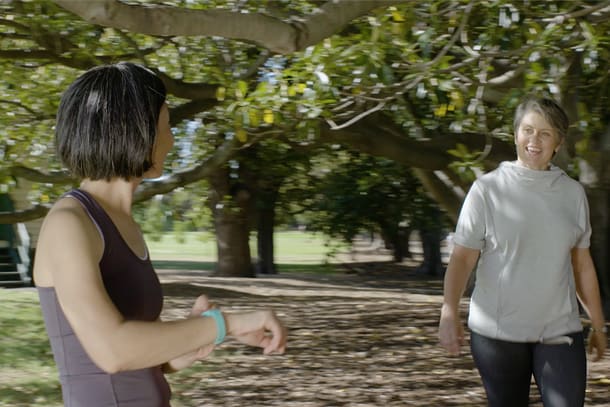Lifestyle choice or property investment – not an either/or equation
When it comes to planning for retirement and a potential move out of the family home, seniors are primarily choosing between downsizing into a smaller residence or buying into a retirement village.
And, financial advisers are playing a significant role in those types of decisions. In fact, according to National Seniors Australia, financial advisers are the primary source of financial information for older Australians, with three in five seeking professional financial advice.
With a focus on the likely return of a financial investment, it’s little wonder financial advisers typically baulk at the ingoing, ongoing and outgoing fees associated with the complex and often burdensome costs associated with retirement village living.
There’s entry fees which can equate to the cost of comparative property in the same area, recurring maintenance fees, and deferred management fees of around 30 per cent of the unit’s sale price on exit. Depending on the operator, some residents may not be entitled to benefit from a retirement village unit’s capital gains. And, in most cases, banks won’t lend against them. Complex contracts and purchases under leasehold or loan licence arrangements are also cause for concern.
Retirement village operators pitch their value a lifestyle choice rather than an investment in property. As an operator of a successful retirement village in Mornington, we know that retirement villages serve a purpose, particularly among seniors who want the built-in network, a program of activities, regular maintenance, and the like.
On the other hand, there’s downsizing to a smaller house, apartment or townhouse. A property investment like any other, owners can retain an asset, profit from capital gains, remain near friends and family (rather than being restricted by the location of a retirement village) and run a relatively low maintenance household. However, in comparison to retirement village units, downsizing may not set-up older people up with the features they need as they age, with residents finding themselves having to make costly home modifications over time.
It needn’t be an either/or equation.
Where the decision involves a choice between lifestyle considerations and retaining a property asset, Longevity seeks to bridge the two with boutique townhouse and apartment projects designed specifically to meet the needs of empty nesters who want to keep living in their local community – close to friends and families, and to all of the services and amenities they’re accustomed to having at their doorstep.
Built to Livable Housing Design Guidelines, our homes are a viable alternative to traditional retirement living for owner-occupiers. As part of small-scale medium density projects, owners purchase the properties in the same way they do any other residential property, and they pay owner’s corporation fees like other strata title properties. And, their homes are designed to adapt to owners’ changing needs as they grow older.
In short, owners retain the value of a property asset while potentially gaining a financial windfall from the sale of the family home.
At the same time, they hold on to the lifestyle benefits they value so much.
It shouldn’t be a trade-off between lifestyle and investment. And, it is no longer.
Derek Cafferty is Managing Director of Longevity Group Australia. Longevity builds future-proofed homes for empty nesters and next generation retirees, enabling them to free up some equity while retaining an asset with a home that evolves with their needs.
